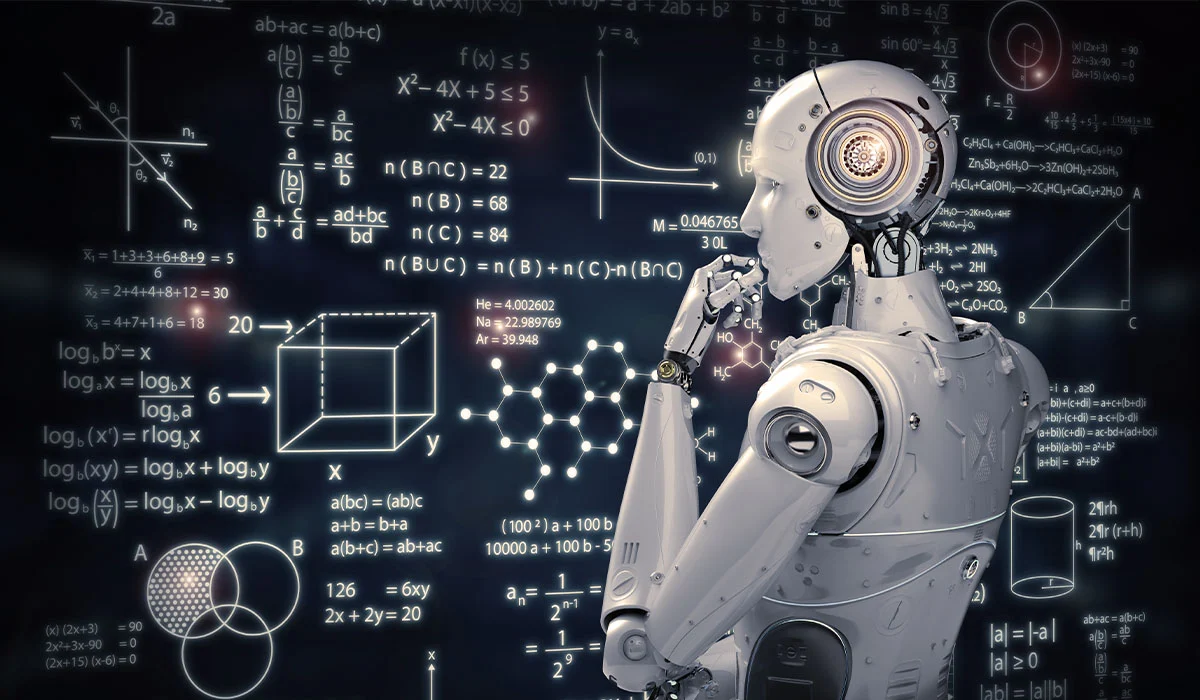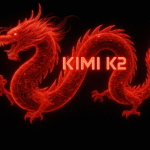The Quiet Revolution Is Here
Across corporate boardrooms and HR departments, a profound transformation is unfolding—yet it’s being masked behind carefully curated language. As companies lay off tens of thousands of workers, they cite familiar justifications: restructuring, streamlining, shifting priorities. But a growing body of evidence suggests that artificial intelligence (AI) is playing a much larger role in these decisions than leaders are willing to admit.
A recent investigation by CNBC has cast a spotlight on this silent evolution. While companies trumpet the promise of AI in investor calls and marketing materials, they’re often tight-lipped about how these same tools are enabling—or even driving—workforce reductions. The discrepancy between what is said and what is actually happening highlights a larger issue: the lack of transparency surrounding AI’s role in reshaping the labor market.
Corporate Euphemisms: What’s Really Driving Layoffs
In 2025 alone, more than 250,000 tech jobs have been cut, with additional reductions rippling through finance, retail, and logistics. While macroeconomic headwinds and market fluctuations explain part of the picture, insiders suggest another, quieter force is at play: generative AI and automation.
Instead of candidly stating, “We’re replacing jobs with AI,” companies prefer vague terms like “restructuring” or “workflow optimization.” These euphemisms create a narrative that suggests strategic pivots or macro pressures are the primary reasons for layoffs, rather than emerging technologies.
Christine Ying, a labor economist at Harvard University, describes this as a deliberate communication strategy. “Admitting that AI is displacing jobs invites scrutiny—ethical, political, and financial,” she says. “It also challenges the public perception of innovation as purely additive.”
For companies, this lack of transparency minimizes reputational risk. But for workers, it makes it harder to understand which skills are becoming obsolete and what retraining paths they should pursue. It also obscures how fast and far-reaching AI-driven changes really are.
The Rare Exceptions: When Firms Tell the Truth
Although most companies avoid directly attributing layoffs to AI, a few notable exceptions are pulling back the curtain.
IBM made headlines when it disclosed that it had replaced a 200-person HR team with a suite of AI tools. These tools now handle job postings, applicant screenings, and some employee inquiries—functions that once required full-time staff. Likewise, Klarna, a Swedish fintech company, publicly stated that its AI assistant now performs the equivalent work of 700 full-time agents, dramatically cutting its customer service team.
Recruit Holdings, the parent company of Indeed and Glassdoor, acknowledged a six percent workforce reduction, explicitly citing AI’s increasing role in hiring and HR analytics. These admissions, while still rare, hint at a broader industry trend: companies are leveraging AI not just to augment human work, but to replace it.
The Last 10 Percent Problem
One of the most compelling industry narratives around AI is the so-called “last mile” problem. It posits that while AI can handle 80–90 percent of many tasks, the final 10–20 percent—those requiring human judgment or emotional intelligence—still need a person.
In practice, however, companies are increasingly satisfied with “good enough.” If AI can manage 90 percent of a job function with acceptable accuracy and cost savings, many firms are willing to either do without the final human polish or shift it to a smaller pool of remaining employees. The goal is efficiency, not perfection.
Taylor Gocher, CEO of executive recruiting firm Connex Global, observes that many companies initially plan to supplement AI with human support. “But once they see the cost savings,” he says, “they start questioning how much human oversight is really necessary.”
This shift means that even roles once considered safe—those requiring partial AI assistance—are now vulnerable to full automation.
Conflicting Narratives from the Top
Executives are divided on how they publicly address AI’s workforce impact. Some, like Salesforce CEO Marc Benioff, insist that their AI strategy is about augmentation, not elimination. He recently stated that Salesforce’s AI tools are designed to empower employees, not replace them.
On the other end of the spectrum, IBM’s Arvind Krishna and Klarna’s Sebastian Siemiatkowski have been candid about using AI to eliminate jobs and drive down costs. Microsoft, for its part, quietly saved $500 million by automating call center operations—while simultaneously cutting more than 15,000 jobs in 2025.
The disconnect between public messaging and internal decisions has created confusion among employees and investors alike. While the CEOs of AI labs such as Google DeepMind and Anthropic issue warnings about AI-induced job losses, some tech giants promote AI as a job creator. The reality, as it often is, lies somewhere in the middle—but trending toward displacement in the near term.
Who’s Losing Their Jobs First
The impact of AI is not evenly distributed. Certain types of roles are being phased out more quickly than others. Early data from labor markets across the U.S., Australia, and Europe show steep declines in demand for administrative assistants, contact center staff, junior analysts, and bookkeepers.
These roles share common traits: they are repetitive, rules-based, and data-heavy. Tasks like invoice processing, calendar scheduling, customer inquiry routing, and data entry are prime candidates for large language models and robotic process automation.
In Australia, government statistics revealed marked job losses among accounting clerks and banking operations staff, directly correlated with AI tool adoption in the finance sector. In the U.S., recruiting and HR departments are seeing fewer new hires as AI platforms streamline applicant tracking and onboarding.
This wave of AI-driven obsolescence is beginning at the base of the white-collar pyramid—but could rise rapidly if current trends continue.
The Speed and Scale of Change
What makes this wave of job loss so different from past technological disruptions is its speed. Previous industrial revolutions unfolded over decades. The AI shift is happening in a matter of years—and sometimes months.
In 2025 alone, Microsoft, Google, and Meta announced cumulative layoffs exceeding 40,000 employees. While none blamed AI outright, internal documents and financial disclosures show that many of the eliminated roles are being replaced or supported by automation tools.
The accelerating pace raises red flags for economists and labor advocates. If the labor market can’t adjust quickly enough—with reskilling programs, safety nets, and new job creation—entire swaths of the workforce could be left behind.
The Hidden Cost of Silence
For workers, the lack of clarity around AI’s role in layoffs makes it harder to respond. If a company says it’s “restructuring” but doesn’t specify that it’s deploying AI to replace certain job functions, employees have no way to understand the emerging threats to their positions.
This ambiguity also hinders policymakers. Governments looking to regulate or tax AI to support displaced workers need accurate data. If companies underreport AI’s role in layoffs, those policies may never materialize.
Christine Ying suggests that mandatory disclosure laws could be one solution—requiring firms to declare when automation is directly responsible for headcount reductions. “You can’t build a fair transition if you don’t know what you’re transitioning from,” she says.
A Glimpse of the Future
Even as AI eliminates some jobs, it creates others—albeit in smaller numbers and with different skill sets. Fields like prompt engineering, AI ethics, data annotation, and robotics maintenance are growing. But these new roles often require advanced education, technical expertise, or creativity—traits not evenly distributed across the population.
Amazon’s CEO Andy Jassy has stated that while AI will eliminate some roles, it will also create new opportunities in robotics and warehouse automation. That may be true, but there’s no guarantee the people losing their jobs will be the ones filling the new ones.
That’s why upskilling has become the mantra of the decade. Tech-forward companies are investing in training programs to help employees transition. But such efforts are not yet universal, and workers in non-tech sectors may find themselves with fewer options.
Toward a More Transparent Transition
The AI revolution is here, but it’s not being announced with banners and press releases. It’s arriving quietly, line by line in balance sheets, through disappearing job postings and empty desks.
Transparency could help ease the transition. By honestly acknowledging AI’s role in workforce changes, companies can build trust, prepare employees, and work with policymakers to design effective safety nets. Acknowledgment is the first step toward mitigation.
The coming years will define the future of work. Will AI be a partner or a rival? Will it empower or exclude? The answers depend not just on algorithms, but on the choices we make now—about ethics, disclosure, and inclusion.
For now, the layoffs continue. And AI, for the most part, remains the unspoken actor behind the scenes.




